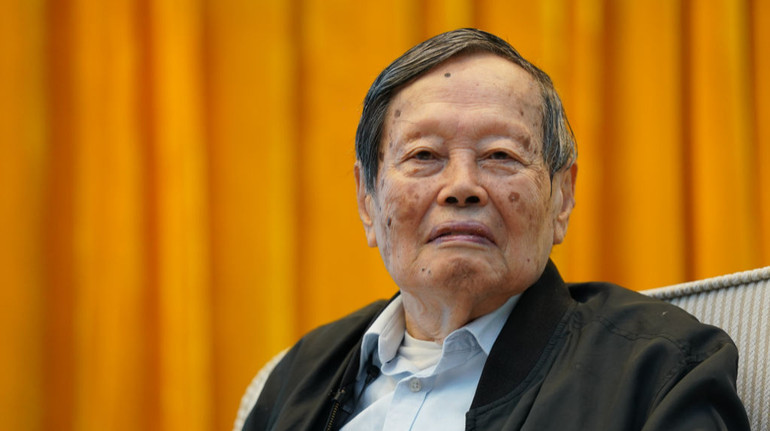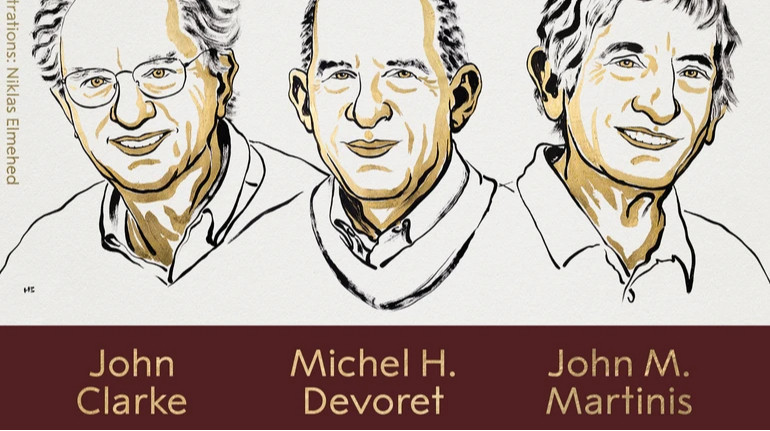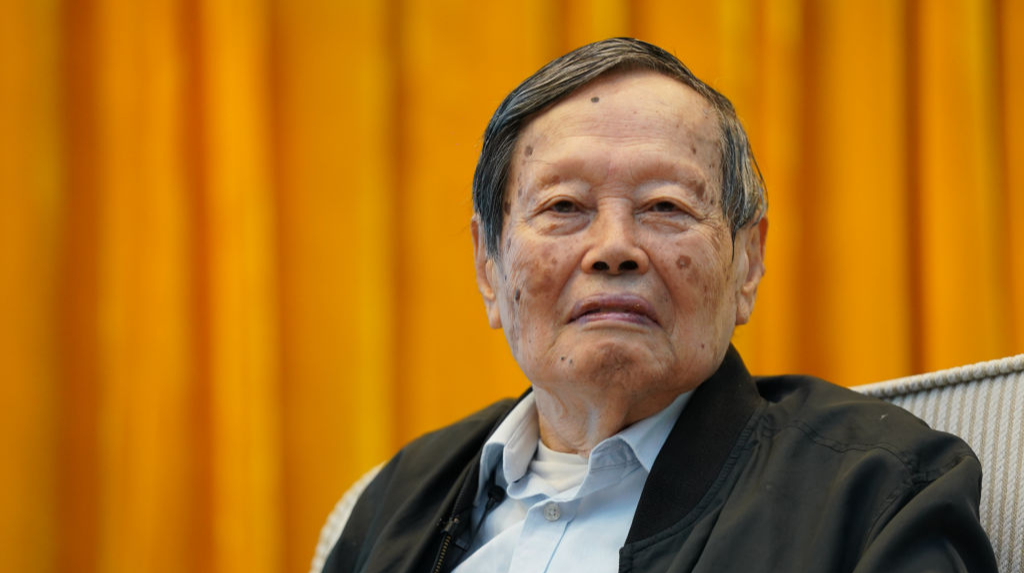“
 A scientist during a scientific conference in 2019
A scientist during a scientific conference in 2019
Photo: Li Jin/VCG/Getty Images
The scientist died as a result of an illness, it is reported The Guardian and Bloomberg.
Chen Ning Yang was born in eastern China in 1922 in the family of a professor of mathematics at Tsinghua University, near Beijing. The future Nobel laureate earned a master’s degree at a Chinese university, and at the end of World War II he moved to the United States, where he received a scholarship at the University of Chicago.
There he studied under the influence of Professor Enrico Fermi, a physicist known as the creator of the world’s first artificial nuclear reactor. At the University of Chicago, Ian received his Ph.D.
At the invitation of the father of the atomic bomb, Julius Robert Oppenheimer, he joined the Institute for Advanced Study at Princeton University. In 1955, Jan became a professor at a higher education institution.
The scientist worked on statistical mechanics and symmetry principles in the physics of elementary particles. In 1957, he shared the Nobel Prize in Physics with Tsung-Dao Li, who died in 2024.
The scientists received the award for the work that disproved the generally accepted law of parity in the weak interaction.
Before the publication of the article, physicists believed for a long time that particles behave in the same way when reflected in a mirror. That is, physical laws do not change under such conditions. Subsequently, this was confirmed experimentally by the scientist Zhen-Hsung Wu.
Yang and Li became the first researchers of Chinese origin to win the Nobel Prize.
In his winning speech, the scientist described himself as a person who feels “in many ways a product of both Chinese and Western cultures, in harmony and conflict.”
To make it easier to work in the States, Ian became a US citizen in 1964. He later described the decision as “painful” and one he regretted, as his father refused to see his son even before his death.

In 1997, the scientist became the honorary director of the newly established Institute for Advanced Studies of Tsinghua University, and later returned to China, starting research and teaching work there.
In 2015, the scientist renounced his US citizenship and received a Chinese passport. In addition, Yang persuaded other scientists to follow his path, including Andrew Chi-Chi Yao, a leading computer scientist and Turing Prize laureate.
“The USA is a wonderful country that gave me very good opportunities to conduct scientific research”said the physicist.
We will remind you that this year the Nobel Prize in Physics received John Clark, Michel G. Devore, and John M. Martinis, who discovered macroscopic quantum mechanical tunneling and energy quantization in an electrical circuit.

”, — write: www.pravda.com.ua
 A scientist during a scientific conference in 2019
A scientist during a scientific conference in 2019
Photo: Li Jin/VCG/Getty Images
The scientist died as a result of an illness, it is reported The Guardian and Bloomberg.
Chen Ning Yang was born in eastern China in 1922 in the family of a professor of mathematics at Tsinghua University, near Beijing. The future Nobel laureate earned a master’s degree at a Chinese university, and at the end of World War II he moved to the United States, where he received a scholarship at the University of Chicago.
There he studied under the influence of Professor Enrico Fermi, a physicist known as the creator of the world’s first artificial nuclear reactor. At the University of Chicago, Ian received his Ph.D.
At the invitation of the father of the atomic bomb, Julius Robert Oppenheimer, he joined the Institute for Advanced Study at Princeton University. In 1955, Jan became a professor at a higher education institution.
The scientist worked on statistical mechanics and symmetry principles in the physics of elementary particles. In 1957, he shared the Nobel Prize in Physics with Tsung-Dao Li, who died in 2024.
The scientists received the award for the work that disproved the generally accepted law of parity in the weak interaction.
Before the publication of the article, physicists believed for a long time that particles behave in the same way when reflected in a mirror. That is, physical laws do not change under such conditions. Subsequently, this was confirmed experimentally by the scientist Zhen-Hsung Wu.
Yang and Li became the first researchers of Chinese origin to win the Nobel Prize.
In his winning speech, the scientist described himself as a person who feels “in many ways a product of both Chinese and Western cultures, in harmony and conflict.”
To make it easier to work in the States, Ian became a US citizen in 1964. He later described the decision as “painful” and one he regretted, as his father refused to see his son even before his death.

In 1997, the scientist became the honorary director of the newly established Institute for Advanced Studies of Tsinghua University, and later returned to China, starting research and teaching work there.
In 2015, the scientist renounced his US citizenship and received a Chinese passport. In addition, Yang persuaded other scientists to follow his path, including Andrew Chi-Chi Yao, a leading computer scientist and Turing Prize laureate.
“The USA is a wonderful country that gave me very good opportunities to conduct scientific research”said the physicist.
We will remind you that this year the Nobel Prize in Physics received John Clark, Michel G. Devore, and John M. Martinis, who discovered macroscopic quantum mechanical tunneling and energy quantization in an electrical circuit.

